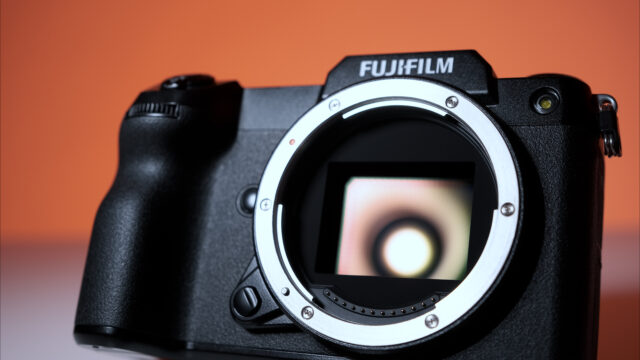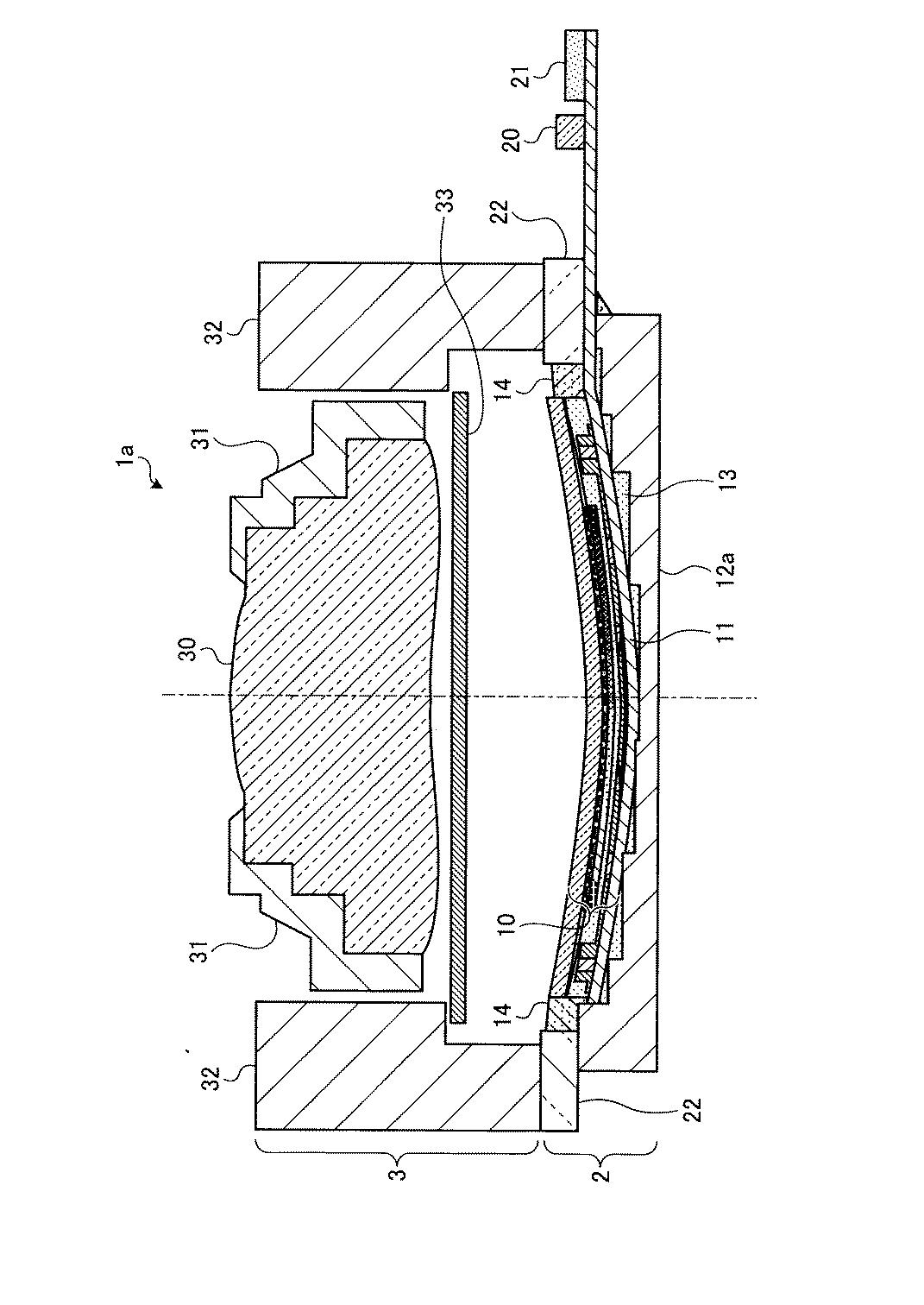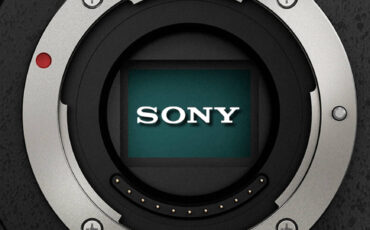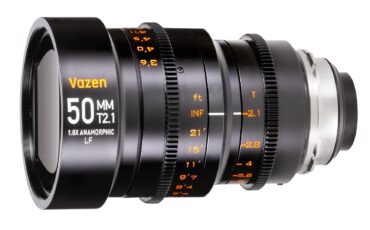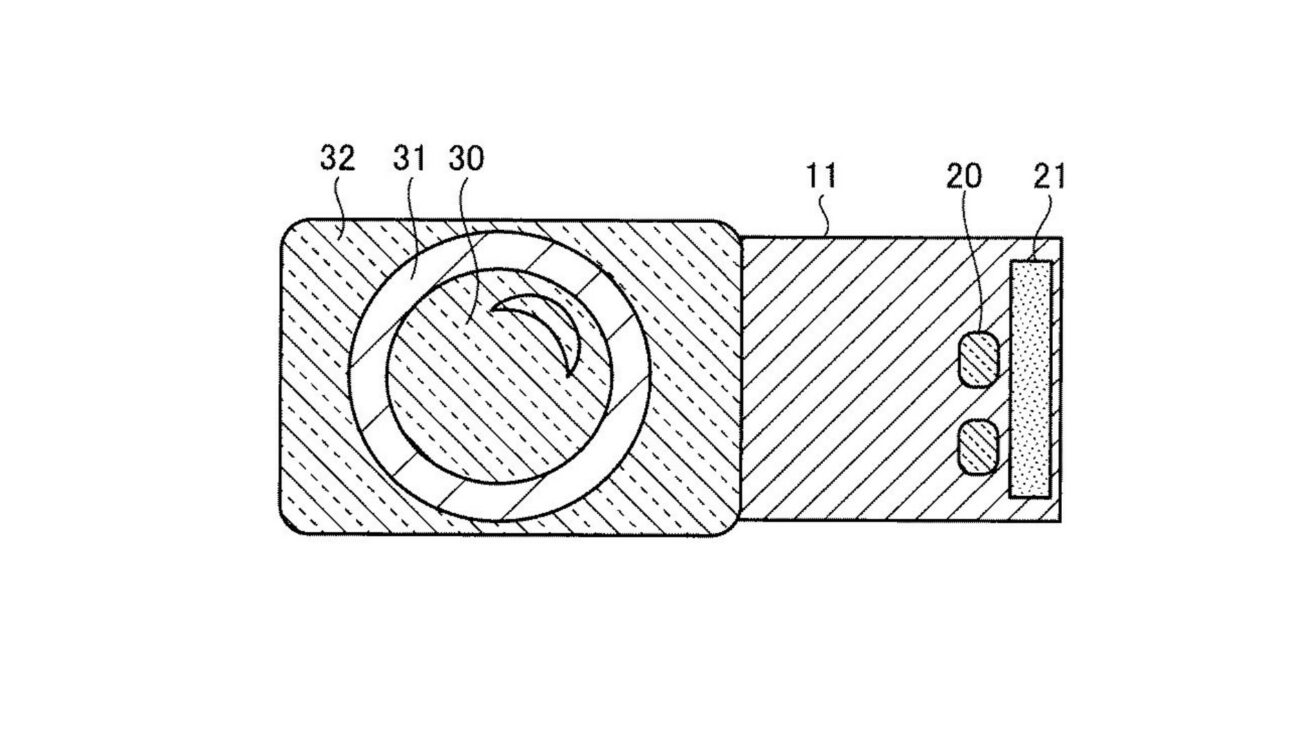
A new Sony patent for a curved camera sensor could push camera and lens technology forward enormously – but only if the industry decides to see it through to the end.
Cameras can’t continue to advance based on pure numbers. 4K delivery isn’t going anywhere, not-real-10-bit-color HDR displays still haven’t reached full market penetration, and the need for higher frame rates drops off dramatically around 120fps; with more and more cameras boasting greater-than-4K, higher-than-8-bit, up-to-120fps filming capabilities, the camera industry won’t be able to continue motivating new purchases based on these numbers, alone (though they’ll still have dynamic range).
One possible avenue for continued advancement is to change the sensor shape, and not just its per-pixel transistor tech – and that’s where Sony’s newest patent comes in. The tech giant has apparently at least begun development of a curved sensor that could offer real imaging benefits for both cameras and lenses.
Note, however, that this seems to be quite a preliminary technology. It’s real but not likely to find its way into a consumer product for some time. That said, curved sensors are a fascinating prospect – one that’s existed outside of digital cameras for some time.
ARRI Tech Talk Live
Curved sensors are old news
Let’s not forget that some of the greatest, most ambitious photographers of all time were not photographers, but astronomers. Telescopes, with their bespoke lens and sensor designs, often employ incredibly advanced techniques to resolve their challenging subjects, from 50-meter focal lengths to liquid mirrors with a pressure-adjustable curvature. Astronomers have been working with curved imaging plates for a long time, using them to resolve distortion-free pictures while simplifying the arrangement of focal elements above.
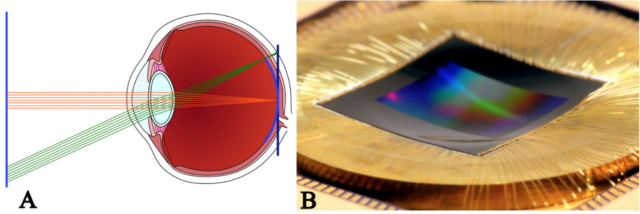
Canon recently started eyeing curved tech – and Sony itself has been patenting curved sensors for quite a few years now, dating back to at least 2014. Nikon has patents reaching back as far as 2010, later even adding patents for specific curved-sensor lenses – and therein lies the rub.
How curved sensors work
Basically, curved sensors are a more natural fit to resolve an image coming through curved optical elements, and require less complex light-bending to overcome image distortion. In particular, curved sensors can overcome the need for lenses to counter-distort the rays that will fall at the edges of the rectangular frame. Human perception has a combination of a curved retina and neurological distortion-correction to get around this problem – if we didn’t have a curved retina, the eye might have to be a much more complex organ than it is.
All this means that, if they were made with only curved sensors in mind, camera lenses could use vastly less internal glass, making them smaller and lighter while increasing their transmission of light and, hopefully, driving down costs. That’s the main advantage of curved sensors: not to the imaging itself, but to the lenses that will focus that light. They could potentially reduce the distortion that is still often seen from wide-angle lenses, but it’s this benefit to lens design that matters most – especially with modern digital distortion correction.
So, yes: If you want to buy into the curved-sensor future, you’ll need to buy a whole new set of curved-sensor lenses.
When will the tech be ready?
This will be the main impediment to the introduction of curved-sensor cameras; after having spent a decade building up E-mount, will Sony really want to start again, from scratch? Not only does that present more R&D costs, but it could reset the situation for currently-lagging competitors like the L-mount alliance. Already in the lead, why would Sony want to upend the situation?
On the other hand, sensor-makers like Blackmagic might be able to pursue this on the camera end, but Blackmagic doesn’t make its own lenses, nor is it about to start. That puts it at the mercy of Canon and other lens-makers in this area. As both camera- and lens-makers who don’t currently dominate the sales charts, only Nikon and Fuji make sense to try striking out into this space – and of these, to my knowledge, only Nikon has done any real work.
So, while curved sensors could be a great technological leap forward, making lenses even smaller-again than mirrorless cameras already did and potentially reducing distortion in wide-angles, the odds are the we’ll have to wait some time to see real-world products. After all, Sony is also patenting other, more easily implemented sensor techs. These patents could be as much to slow competitors entering the market as to sketch new techs for Sony to realistically pursue.
Keep an eye out for curved sensor talk – but be skeptical of any reports of an oncoming curved-sensor camera from a company that’s already dominant in the flat-sensor space. Don’t think about the technological feasibility but the business incentives; that’s what will truly decide the role of curved sensors, going forward.
Would you buy all your lenses again, if they could be vastly smaller, lighter, and faster as a result? Let us know in the comments below!



